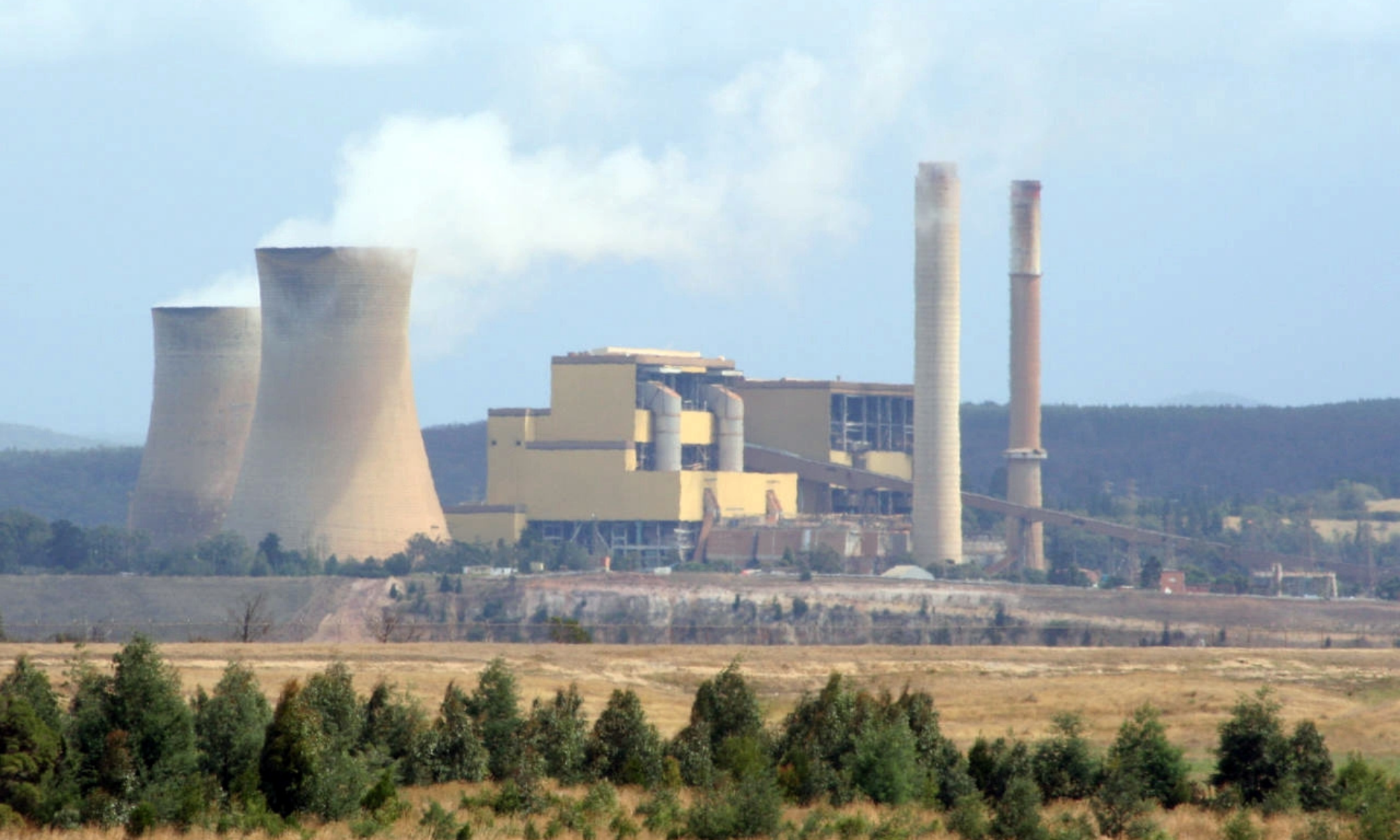In response to the growing capability and capacity of clean energy options, Yallourn Power Station is anticipating an early closure, to be replaced by one of the country’s largest Big Battery storage systems. While it sounds great in summary - a move towards a cleaner, efficient country - the closure of one of Victoria’s oldest brown coal power generating plants brings with it a wide range of issues that have the makings of another energy bill disaster for businesses and residents alike.
The closure of Yallourn, which is owned by EnergyAustralia, is less about clean energy goals and more about finances. As Green Energy Markets analyst Tristan Edis summarises "It's not about being good for the environment or trying to be mean to consumers or anything like that, it's just a pure commercial decision". This motivation no doubt stems from the energy demand changes brought about by the coronavirus pandemic, but also hints at a deeper issue about the reality of coal based power plants.
Renewables are now more cost effective, and cheaper to build and run, rather than repair aged and overworked coal plants. As our CEO Christopher Dean shared in 2019, Yallourn Power Station was built starting in 1921, with an intended lifespan of 50 years. The early closure, moved from 2032 to 2028, has been anticipated by experts for some time as continuing breakdown issues and a lack of flexibility to move with output demand makes it a relic of energy needs in comparison to Australia’s growing needs.
“Yallourn is the oldest coal power station in Victoria and the most unreliable power station in the entire country. Since December 2017 it has broken down 50 times” - The Australia Institute’s climate and energy program director, Richie Merzian
And just to really push this home: according to data published by the Clean Energy Regulator, Yallourn produced 12.4 million tonnes of greenhouse gas emissions in the 2019/20 financial year and produced an average of 1.28 tonnes of carbon dioxide equivalent emissions per megawatt-hour of electricity generated, one of the highest in the country. In a state aiming for carbon neutrality by 2050, Yallourn Power Station simply does not add up in either column.
So where does the anxiety of this news stem from? Experience. When the Hazelwood plant closed in 2017 with an abrupt six month warning, it saw the loss of over 750 jobs and sent the Victorian government into a frenzy, creating a $266 million dollar adjustment package to deal with the outcome. The union movement also provided job training for Hazelwood and other workers affected by industry closure. Federal support, however, was minimal, with around one eighth of the financial support seen by the Victorian Government.

Beyond the local ripple, the entire country was impacted with an increase in energy costs, most cripplingly so in Victoria. Hazelwood accounted for 20% of Victoria’s energy output - and 28 months after its closure, we were still waiting for a response to how this reduction was going to be accounted for. All of this, despite forecasts of eye watering prices to the cost of electricity. While we’ve seen relief to this rise in 2020 due to the pandemic, it won’t take much to return demand back to its previous form, and continue to climb as supply continues to outrun demand.
So can we anticipate history to be repeated? The signs are hard to decipher, as we continue to see lip service from both a state and federal level with very little action. Despite evidence to the contrary from both financial and environmental groups, Prime Minister Scott Morrison has continued to show his support and approval for coal, most memorably bringing a chunk to Question Time during his time as treasurer in 2017. From Federal Minister for Energy Angus Taylor: “While coal exits impact reliability and system security, the major impact for consumers will be the significant increase in prices if not adequately replaced with dispatchable capacity,”, while Victorian Energy Minister Lily D’Ambrosio said she was confident Victoria had sufficient power to meet the state’s needs, and an influx of renewable energy into the grid by 2028 would keep prices down. “We’ve got 5000 megawatts of power supply that will be built between now and then,” she said.
So, where does this place you as a business owner and energy user?
Our current market lows are due to a demand change in the face of coronavirus, but this is anticipated to recover and potentially return to pre-existing higher energy costs between now and the proposed closure of 2028. While the Victorian government shows optimism with the replacement of the plant, including EnergyAustralia promising to utilise batteries to overcome the shortfall, it is clear there is disparity between Federal and State akin to closures in the past, which could see business owners fall victim once again to the politicising of an expensive part of your day-to-day needs.
Protecting yourself from change and uncertainty means making decisions that focus around independence and education of this continuing problem. Commercial solar can dramatically reduce your dependency on a volatile grid, and is a long term solution that sees the power back in your hands. As part of the falling costs of renewable energy, commercial solar systems are more accessible and cash flow positive than ever. Combined with energy management, you’ll have an expert on your team ready to flag important changes with you, alongside actionable options that are simple to understand and reflect our commitment to understanding and translating the volatile market, and finding solutions for you and your business.
Ready to talk about future proofing your business? Reach out to us today for a no obligations conversation on empowering your business.